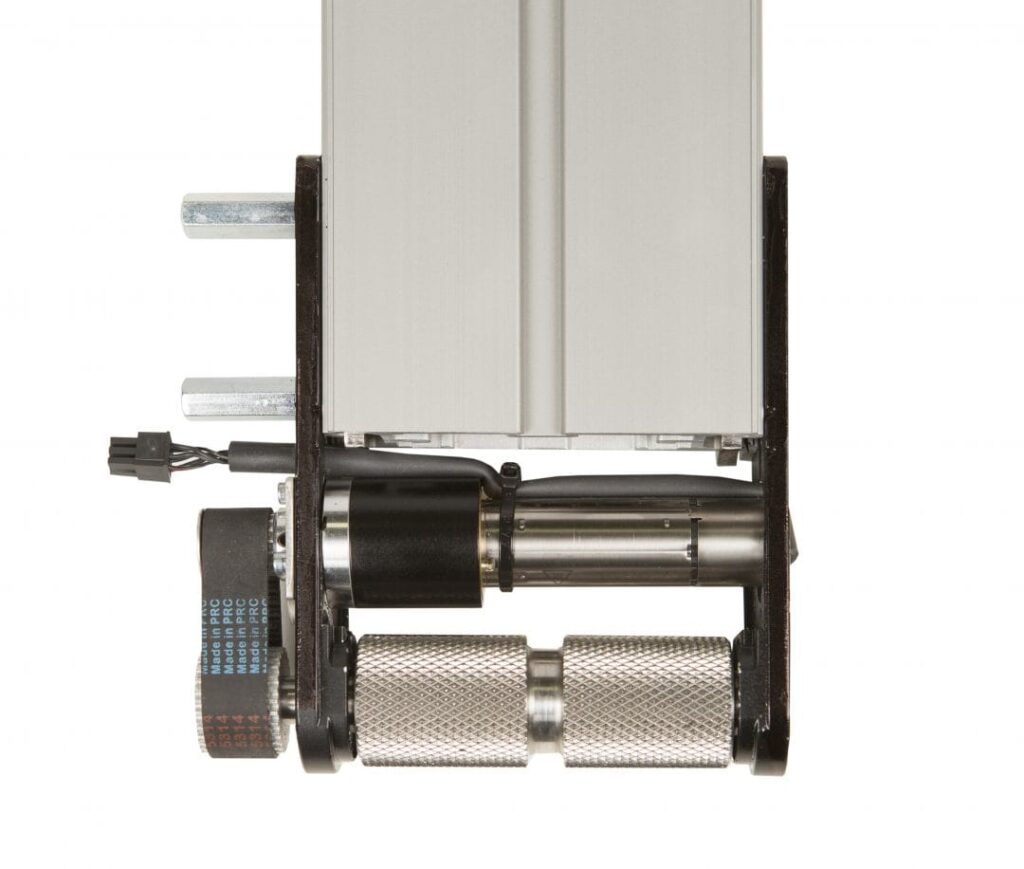What are the Key Parts of an Industrial Conveyor System?

Industrial conveyor systems consist of various key components that work together to facilitate the movement of materials, products, or goods within a manufacturing or processing facility. Here are some of the essential key parts of an industrial conveyor system:
- Conveyor Belt/Chain: The conveyor belt or chain is the main component responsible for carrying and transporting materials. It is usually made of durable materials such as rubber, fabric, metal, or plastic. The choice of material depends on factors like the type of product being conveyed and the operating environment.
- Drive Unit: The drive unit provides the necessary power to move the conveyor belt or chain. It includes components such as electric motors, gearboxes, and power transmission systems. The drive unit’s power output and speed can be adjusted based on the specific requirements of the system.
- Rollers and Pulleys: Rollers and pulleys are used to support and guide the conveyor belt or chain along its path. Rollers reduce friction, ensuring smooth movement, while pulleys help control the direction and tension of the conveyor. Idler rollers are often used in gravity conveyors to support the belt between the drive and tail pulleys.
- Support Structure: The support structure includes frames and supports that hold the conveyor system in place and elevate it to a suitable height for material transfer. These structures are typically made from steel or aluminum and provide stability and rigidity to the conveyor system.
- Control System: Modern conveyor systems incorporate advanced control systems to manage various aspects of the system’s operation. Programmable logic controllers (PLCs) or computerized control panels regulate functions such as starting and stopping, speed control, emergency shutdown, and synchronization with other equipment in the production process.
- Sensors: Sensors are used to detect the presence or absence of products, control the conveyor’s operation, and ensure safety. Proximity sensors, photoelectric sensors, and ultrasonic sensors are common types used in conveyor systems to monitor the movement of materials and trigger actions accordingly.
- Diverter Gates: Diverter gates are used to change the path of products on the conveyor. They can be automated to divert products to different lines or stations, allowing for sorting, merging, or routing materials as needed.
- Weighing Systems: In some applications, weighing systems are integrated into the conveyor to measure the weight of materials as they move. This information can be used for quality control, inventory management, or billing purposes.
- Guides and Guards: Guides and guards help ensure that materials stay on the intended path and prevent items from falling off the conveyor. They are especially important for systems transporting small or fragile products.
- Emergency Stop Devices: Safety is paramount in industrial conveyor systems. Emergency stop buttons or pull cords are strategically placed along the conveyor’s path to allow workers to quickly stop the system in case of emergencies or safety concerns.
- Belt Cleaners and Scrapers: These components help maintain the cleanliness of the conveyor belt, removing debris, dust, and spillage. This not only improves the efficiency of the conveyor but also reduces the potential for product contamination.
- Loading and Unloading Stations: These stations facilitate the transfer of materials onto or off the conveyor system. They can include chutes, hoppers, and automated mechanisms for loading and unloading products.
These key components work in harmony to create a functional and efficient industrial conveyor system, tailored to the specific needs of the industry and application it serves.